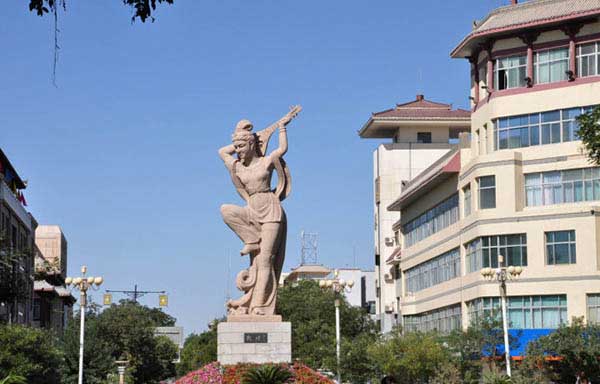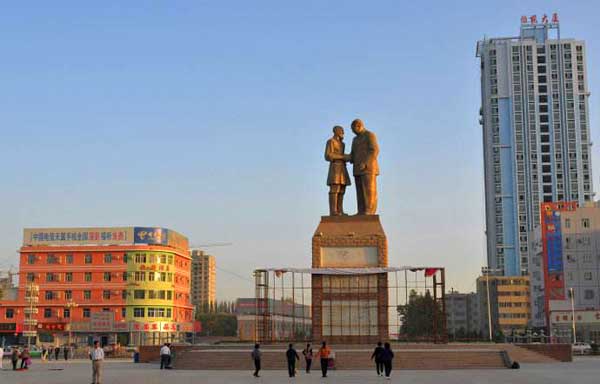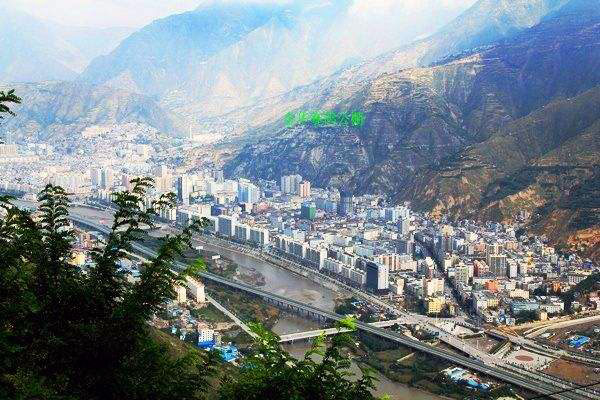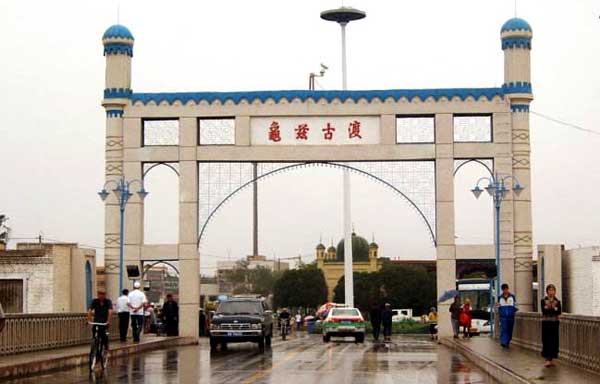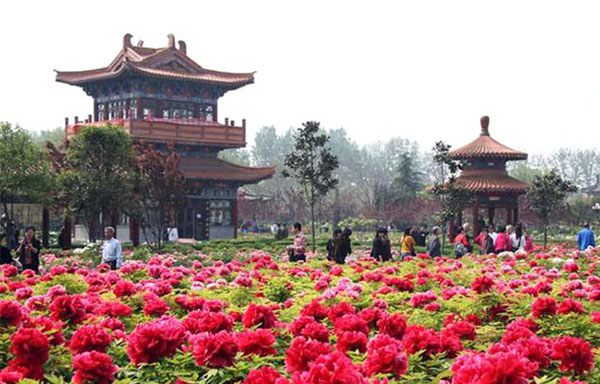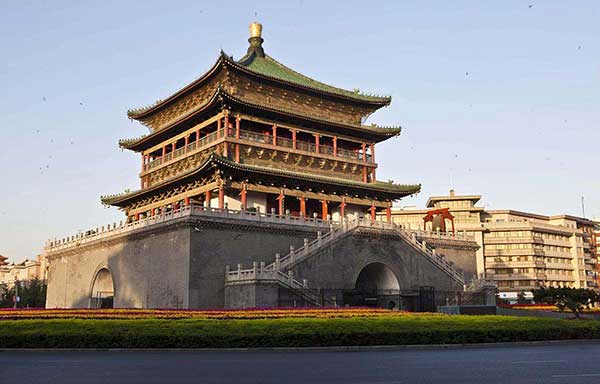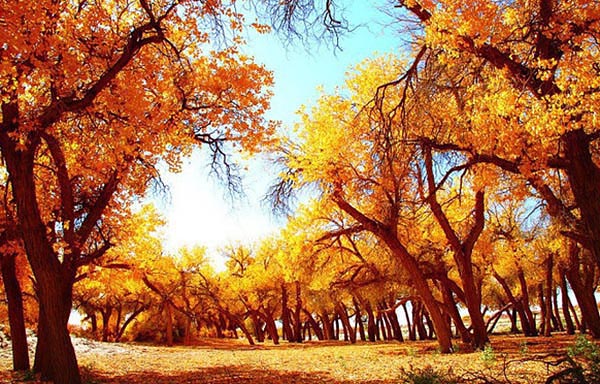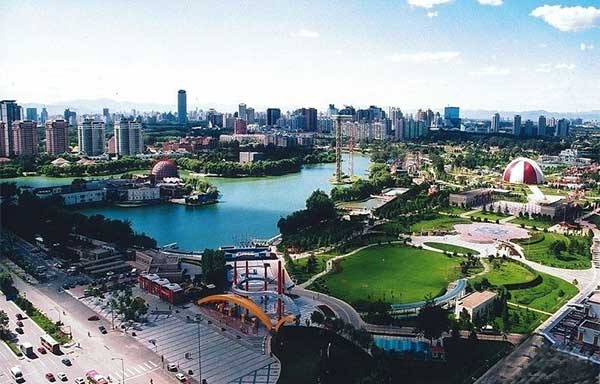- By admin
- In SilkRoadKnowledge EthnicGroups
- 2017-11-28
The Tanguts
The Tanguts (Xia) were a people of Tibetan origin, whose home originally was in the highlands of western Sichuan. By the middle of the ninth century, like the Uighurs, they were important enough to earn the gratitude of the Tang Dynasty for helping suppress the An Lu-shan rebellion. In 1006 they were able to take advantage of the political rivalry between the Qidan (Liao) ruling in the north and the Song dynasty to gain de facto independence, and in 1020 they moved their capital across the Yellow River to Xingzhou. This put them in a position to assert their control over the Hexi Corridor, the key section of the Silk Road leading west from central China. The Tangut ruler proclaimed his equality with the Song emperor and presided over a major project to translate Buddhist scriptures and have them published in the Tangut language. By the 1040s, the Song were sending the Tanguts a huge annual tribute of silk, silver and tea.
Related destinations
Why Choose Us?
We are the top Silk Road tour operator based in Dunhuang, China. We focus on providing well designed Silk Road China Tours with resonable price and thoughtful service.
- Easy & carefree booking
- The best value
- Great travel experience
- Locally operated
Hot Tours
-

6 days Gansu tour to Binglingsi, Xiahe and Langmusi
Tour type : Private tour Price : from *** Destinations : Lanzhou - linxia - Xiahe - Langmusi - Hezuo - Lanzhou -

12 Days Gansu Highlights Tour
Tour type : Private tour Price : from *** Destinations : Xian – Tianshui – Lanzhou – Xiahe – Langmusi – Hezuo – Zhangye – Jiayuguan - Dunhuang -
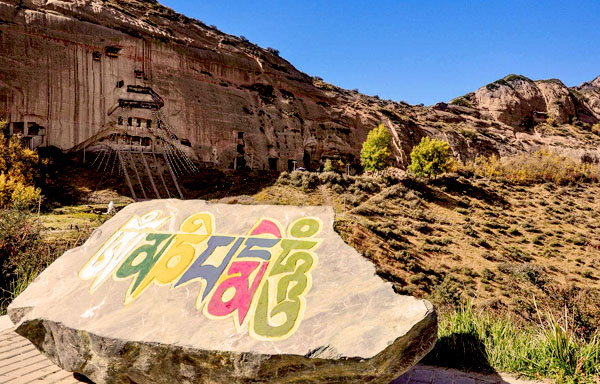
10 Days Silk Road Classic Tour
Tour type : Private tour Price : from *** Destinations : Xian - Zhangye - Jiayuguan - Dunhuang - Turpan - Urumqi -

5 Days Zhangye - Alxa youqi Highlights Tour
Tour type : Private Tour Price : from *** Destinations : Zhangye - Alax youqi - Zhangye

